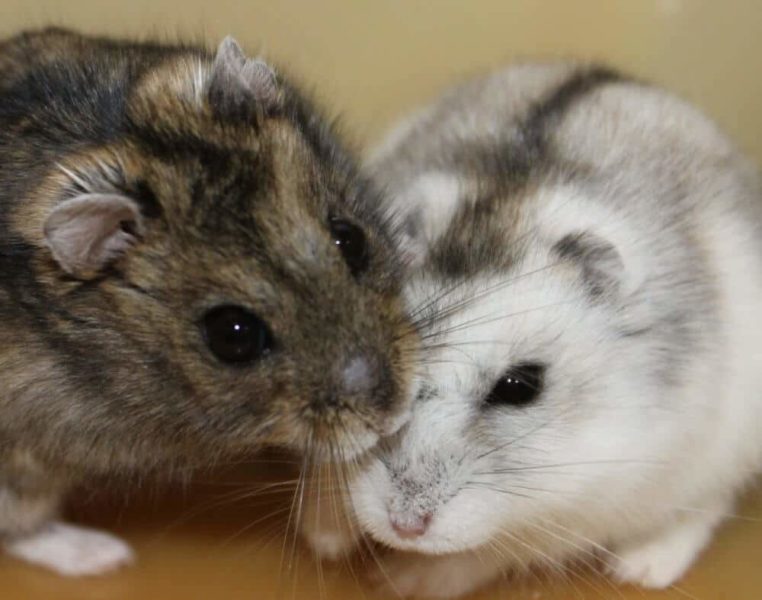Many animals, including humans, have internal clocks and calendars to help them regulate behavior, physiological functions and biological processes. Although scientists have extensively studied the timekeeping mechanisms that inform daily functions (circadian rhythms), they know very little about the timekeeping mechanisms that inform seasonal functions.
New research to be published this week in the online early edition of the Proceedings of the National Academy of Sciences shows, for the first time, that this measurement of seasonal time has an epigenetic component. Epigenetics refers to an alteration in gene expression that occurs without a change in the sequence of DNA molecules.
The research used Siberian hamsters, which only breed in the late spring and early summer, when days are the longest. It revealed the molecular mechanism behind how these hamsters avoid breeding in the fall and winter, thereby preventing births during the cold, resource-scarce winter months.
Here’s how the mechanism works: Exposure to short periods of daylight decreases DNA methylation in the hamsters’ hypothalamus. (With DNA methylation, a methyl group—one carbon atom and three hydrogen atoms—attaches to a gene, thereby altering its expression.) In turn, the decreased DNA methylation stimulates the expression of a gene that shuts down the hamster’s reproductive competency.
“Our findings reveal, for the first time, that DNA methylation, acting as a dynamic mechanism in the mammalian brain, plays a central role in the animal’s psychological and physiological orientation to the length of the day,” said co-author Brian Prendergast, professor in psychology at the University of Chicago. “But this study is only the tip of the iceberg because it helps to illuminate the poorly understood area of animal seasonality, the internal time-keeping mechanism that regulates animal life.”
Human beings—who, like hamsters, are also mammals and vertebrates—are remarkably seasonal, Prendergast added, citing a long, astonishing list of universal human experiences that have a seasonal component, including birth, death, suicide, viral infections, mortality from bacterial infections, sleep patterns and sudden infant death syndrome, even though industrial societies buffer humans from contributory factors. “Many of these experiences are related to the length of day,” he said, “so it’s critical to learn how photoperiodic time measurement works in animals.”
Light change cues novel mechanism
The Siberian hamster makes a good subject for studying seasonal timekeeping. As days shorten in the fall, males lose approximately 30 percent of their body mass, their fur moults and their testes decrease significantly in size. “The changes are so profound that the hamster almost looks like another animal,” Prendergast said.
The new research reveals how these changes are linked to the hamster’s reactions to the ever-changing length of day. It also shows that these changes are linked to winter-like melatonin levels and that the process is reversible.
“DNA methylation is a key mechanism by which day length and melatonin levels exert seasonal control over the expression of the deiodinase enzyme known as dio3, and dio3 expression likely acts as a key step for the maintenance of reproductive competency during the breeding season,” said co-author Tyler Stevenson, senior lecturer at the Institute of Biological and Environmental Sciences at the University of Aberdeen in Scotland.
Other than humans, animals don’t have clocks and calendars, computers and smart phones, but their internal, physiological mechanisms are just about as accurate as those devices, according to Prendergast. “Natural selection has led to organisms that have formed an internal representation of time,” he said, “and science is making progress on better understanding this biological timekeeping.”
If our reporting has informed or inspired you, please consider making a donation. Every contribution, no matter the size, empowers us to continue delivering accurate, engaging, and trustworthy science and medical news. Independent journalism requires time, effort, and resources—your support ensures we can keep uncovering the stories that matter most to you.
Join us in making knowledge accessible and impactful. Thank you for standing with us!

